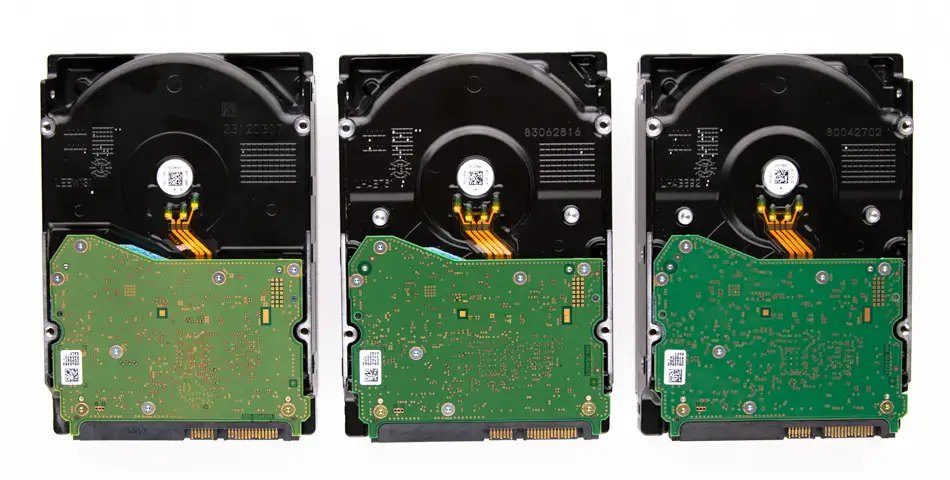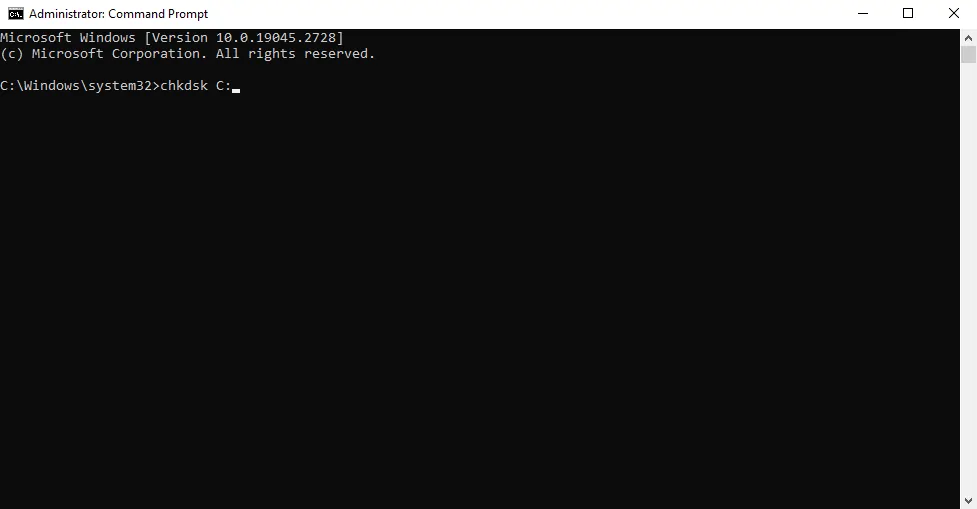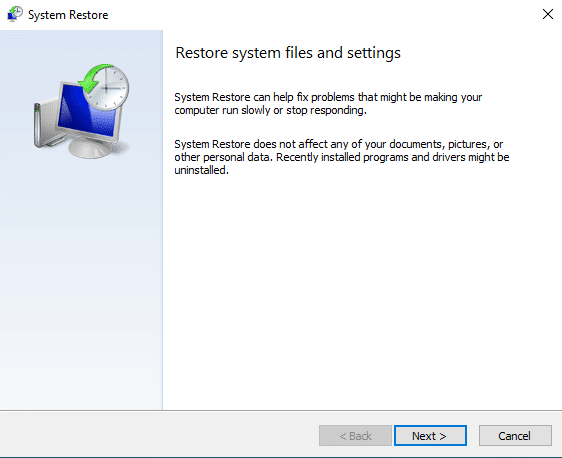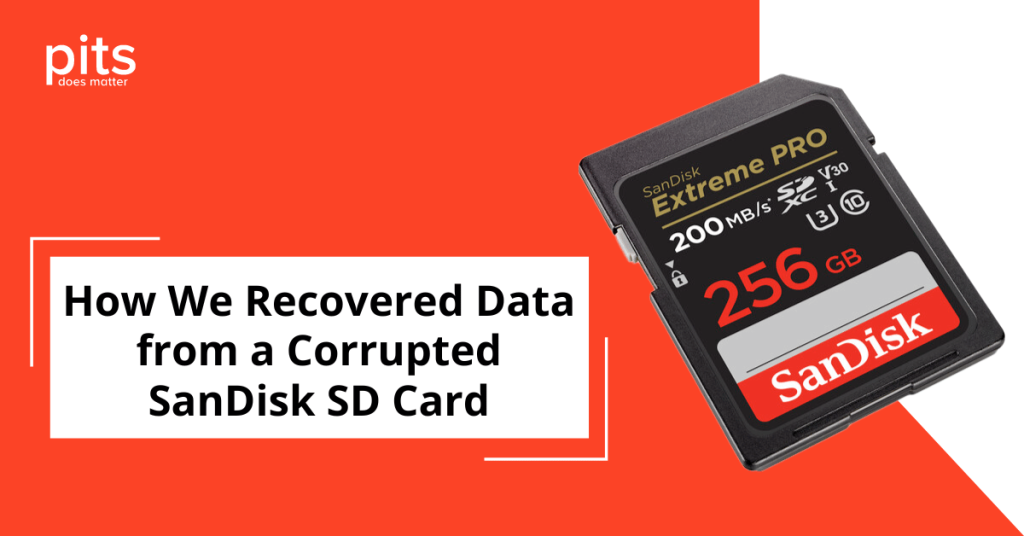In the era of digital technology, data has acquired paramount importance, and hard drives constitute the bedrock of data storage. Nevertheless, one of the most formidable challenges that can afflict these indispensable devices is the corruption of firmware.
Firmware assumes the pivotal role of serving as the conduit between hardware and software, thereby ensuring smooth communication and operation. When firmware succumbs to corruption, it can precipitate data loss and the looming spectre of hardware malfunction. In this discourse, we shall investigate the root causes of firmware corruption and elucidate straightforward measures that users can undertake to rectify the issue independently.
Comprehending Hard Disk Drive Firmware Corruption
Before embarking on a deeper exploration of the intricacies of firmware corruption, it is imperative to grasp the fundamental concept of firmware itself. Within the realm of a hard drive, firmware can be delineated as a specialised form of software code that resides within the internal memory of the drive. Its function lies in serving as the intermediary interface between the hardware components and the software applications, thereby ensuring the seamless coordination of communication and operation.
Hard drive firmware assumes a critical role in the oversight of diverse functions, encompassing tasks such as read/write operations and error correction. The occurrence of corruption or damage to the firmware can precipitate a disruption in the proper functioning of the hard drive, ultimately resulting in data loss and the impending possibility of hardware failure.

Origins of Firmware Corruption
- Electrical Instabilities: Among the prevailing causes of firmware corruption, abrupt fluctuations in electrical power sources stand as a predominant factor. These power surges materialize due to events such as lightning strikes, power outages, or deficiencies within the electrical infrastructure. During these occurrences, the firmware writing process may suffer disruption or alteration, consequently inducing firmware corruption.
Firmware Updates: Firmware updates are indispensable for enhancing the performance and security of a hard drive. Nonetheless, while undergoing the updating procedure, any unforeseen interruptions, such as power loss or system crashes, may thwart the successful completion of the firmware update, leaving the hard drive in an unstable condition.

Malicious Software and Viruses: In today’s interconnected world, the menace posed by malicious software remains ever-present. Malware and viruses have the potential to infiltrate the firmware of hard drives, resulting in operational malfunctions or rendering the drive entirely inaccessible.
Physical Trauma: Hard drives, being delicate mechanical entities, are susceptible to internal damage, including firmware corruption, from any physical impact or mishandling. Even minor incidents, such as dropping a hard drive or subjecting it to excessive vibrations, can prove detrimental.
Manufacturing Anomalies: Although infrequent, hard drives may occasionally be dispatched with inherent firmware defects originating from manufacturing irregularities. These latent issues may manifest over time, precipitating firmware corruption and subsequent data loss.
Age-Related Deterioration: With the passage of time, hard drives and their constituent components, including firmware, are prone to wear and tear. This escalating process heightens the likelihood of firmware corruption in aging drives.
Steps for Rectifying Hard Drive Firmware Issues
Although professional data recovery services, such as PITS Global Data Recovery Services, are proficient in effectively addressing firmware corruption, there exist several straightforward measures that users can attempt to employ in resolving the problem independently.
1.Execute a Power Cycle on the Drive: On occasion, firmware corruption within a hard drive may prove to be temporary in nature. To address this, power down your computer and disconnect the hard drive. Wait for a brief interval, then reconnect the drive and power on your computer.
2.Inspect Data and Power Cables: Loosened or damaged cables can induce communication errors between the hard drive and the computer, potentially resulting in firmware corruption. It is imperative to confirm that all data and power cables are securely fastened to both the hard drive and the motherboard.

3.Employ CHKDSK (Windows) or fsck (macOS/Linux): These in-built disk-checking utilities can serve to detect and rectify minor file system irregularities that may contribute to firmware corruption. Access the command prompt (Windows) or terminal (macOS/Linux) and execute the appropriate command: “chkdsk /f” for Windows or “fsck” for macOS/Linux.
4.Update the BIOS/UEFI: If the BIOS/UEFI firmware within your computer is outdated, it could potentially engender compatibility conflicts with the hard drive’s firmware. Consult your motherboard manufacturer’s website for BIOS/UEFI updates, and meticulously follow their instructions to update the firmware.
5.Initiate a System Restore: In instances where firmware corruption materialised following recent software modifications, conducting a system restore to a previous point in time may offer a potential resolution. This action will restore your computer’s settings to an earlier state when the firmware was functioning without issues.

Data Recovery Services for Firmware Failure in Hard Drives
PITS Global Data Recovery Services stands as a prominent provider of data recovery solutions, committed to assisting clients in the retrieval of their vital data from diverse storage media, including hard drives afflicted with firmware corruption. Our extensive experience, coupled with a team of proficient experts, equips us with the capability and cutting-edge tools necessary to confront the most intricate data recovery challenges.
At PITS, we recognise the paramount importance of preserving data integrity and upholding confidentiality. Our stringent data security protocols serve as an assurance that your recovered data shall remain safeguarded and inaccessible to unauthorised individuals. You can place your trust in us to manage your sensitive information with the highest level of diligence and professional.
Benefits of Our Using Services:
24/7 Emergency Service Availability
So if you're facing a data loss situation, don't hesitate to contact us. Our 24/7 data recovery services are available 365 days a year. Let us help you recover your precious data today.
Certified Data Recovery Laboratories
So if you're facing a data loss situation, look no further. With our certified data recovery labs and 99% success rate, we are confident that we can recover your precious data and get you back on track.
Data Recovery Services Worldwide
PITS is a leading global recovery service provider specializing in retrieving data from various storage devices. With a widespread network of locations, we offer reliable solutions to clients worldwide.
ISO Certified Class 10 Cleanroom
Our engineers work in a controlled environment to ensure the safety of your device. We recover data in ISO Certified Class 10 Cleanroom and achieve high results.
Risk-free Evaluation and Assessment
We start the process with a risk-free evaluation. Our technicians estimate the reasons for data loss and the level of damage. We select the most suitable strategy.
100% Customer Satisfaction Rate
With years in the data recovery industry, our company supports the highest customer satisfaction rate. We do everything to provide a positive experience for our clients.
We are committed to delivering exemplary customer support throughout the entirety of the data recovery procedure. Our dedicated customer support team is at your service around the clock, ready to offer assistance and address any queries you may have. We acknowledge that data loss can be an emotionally taxing experience, and our aim is to keep you well-informed and assured at each phase of the recovery process.
The occurrence of hard drive firmware corruption is indeed a disconcerting issue, capable of precipitating data loss and hardware complications. A comprehensive understanding of its underlying causes can empower you to undertake preventive measures to safeguard your data. However, should you encounter any difficulties with your hard drive, our skilled engineers are ready to provide assistance with HDD firmware rectification and data recovery. Do not hesitate to reach out to our professional team. We are more than willing to assist you with your data storage device.
Frequently Asked Questions
What is hard drive firmware, and what are the causes of its corruption?
Hard drive firmware constitutes a specialised software code residing within the internal memory of the drive. It acts as the intermediary link between hardware components and software applications, facilitating seamless communication and operation. Firmware corruption can occur due to various factors, including power surges, unsuccessful firmware updates, malware infiltrations, physical damage, manufacturing anomalies, or the natural wear and tear of components.
What are the indicators of hard drive firmware corruption?
Indications of firmware corruption encompass recurrent system crashes, instances of system freezing, unresponsiveness, and the inability to boot up the system. Additionally, abnormal clicking or grinding sounds emanating from the hard drive may also serve as warning signs.
Can I rectify hard drive firmware corruption independently?
In certain instances, individuals can undertake do-it-yourself solutions, such as power cycling the drive, inspecting cables, conducting disk checks, or initiating a system restoration. Nevertheless, if these measures do not resolve the issue, it is advisable to seek the assistance of professional data recovery specialists, such as those available at PITS Global Data Recovery Services.
Is it safe to employ firmware repair tools to retrieve data from a hard drive afflicted with firmware corruption?
The usage of corrupted firmware repair software tools on a hard disk drive carries inherent risks. Such tools may exacerbate the situation, potentially causing further damage to the firmware or data structures without effectively repairing bad sectors. Consequently, data recovery efforts may become significantly more challenging or even rendered impossible. It is recommended to refrain from employing such tools and instead consult expert data recovery services.
We’re Here to Help
Our experienced team is committed to helping you recover your critical data. No matter the situation, we work diligently to ensure the best possible outcome. Take action now and let us restore what’s important to you.
Start Recovery Process
"*" indicates required fields


